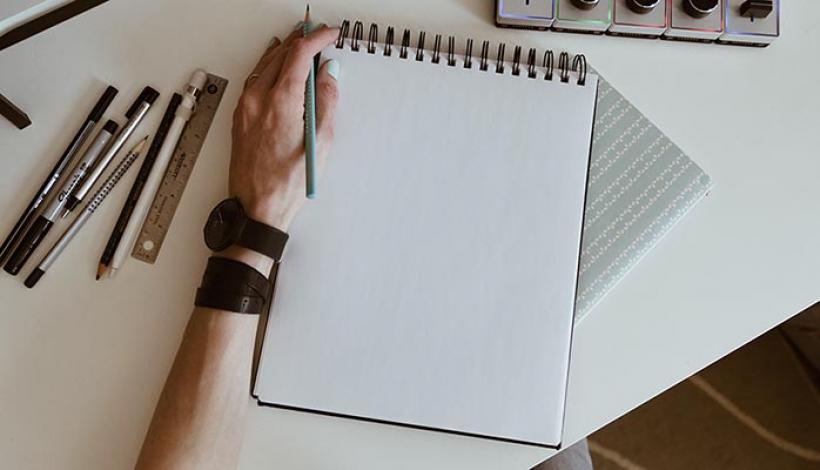Posted on Tuesday, July 3, 2018

How does a complete beginner learn to draw, from scratch? How does someone go about learning to draw, having no experience with it in the past? Most people get some exposure to the basics of art in their early education, but what about an adult or someone outside of the education system trying to learn on their own?
I started asking these questions about two years ago when my father, having retired after a long career as a civil engineer, expressed to me the desire to learn to draw and asked for advice on how to go about it. I’ve been drawing my whole life and studied it deeply, so I was a logical person to ask.
I immediately did the obvious thing and used search engines to find what instructional material was available online. Search the web for ‘how to draw’ and you are quickly overwhelmed with material. It’s hard to pick through the content targeted at children, versus clickbait, versus superficial tips and tricks. When you do find material aimed at adults and serious amateurs, the material is either too complex and advanced (for a beginner) or hidden behind paywalls.
So what should a beginner do? Where does an educated adult, looking for a structured path toward learning to draw, go?
This became a vexing question to me while trying to help out my father. The next thing I did was turn to books. I’ve had a rather unhealthy habit for the last couple of decades of buying all the books about drawing I can get my hands on. Books, being paid for and usually well groomed by editors and publishers have better and richer information. There are a lot of books out there with chunks of good information, but I could not find one book to hand to my father and say “here….here is something you can really study.”
I found the books targeted at beginners (like equivalent websites) too simplistic or superficial. Also, like websites, the more advanced books with good material are not structured in a manner for someone just beginning, and they quickly overwhelm the reader with too many concepts and information. All of this left me frustrated at the lack of easily available material that I could recommend to someone beginning to learn to draw.
The key to learning to draw and improving your drawing is using the right method.
Out of this frustration came this website and my first drawing tutorials. So the goal for this website is to help you improve your drawing, but also to get started learning to draw. I believe the key to both learning to draw and improving your drawing is using the right method, which the other books and websites I found rarely focused on.
Employing the right method can make all the difference in how you learn a new skill. Employ the wrong method and your progress will be slow, leading to frustration, and burning up motivation. Employ the right method, one that you can handle at whatever your level, and gives you visible results, and you are much more likely to enjoy the process and maintain your motivation.
So if you are looking to begin to learn to draw, check out my tutorials and give them a try. If you've never done any drawing before, they provide a low-pressure, low-stress way to get started drawing that you can take at your own pace. I've intentionally stripped away everything other than the core concepts needed to follow these tutorials and broken each down into basic steps and a process straightforward enough for someone with zero drawing experience to follow.
If you already have some drawing experience, I also recommend these tutorials as a way to target a subject you wish to improve on and hone your skills.
I hope you find this material useful. If you have any feedback or questions, use to contact form to let me know.
Click here to go to my How-To and Tutorials page.
Enjoy!